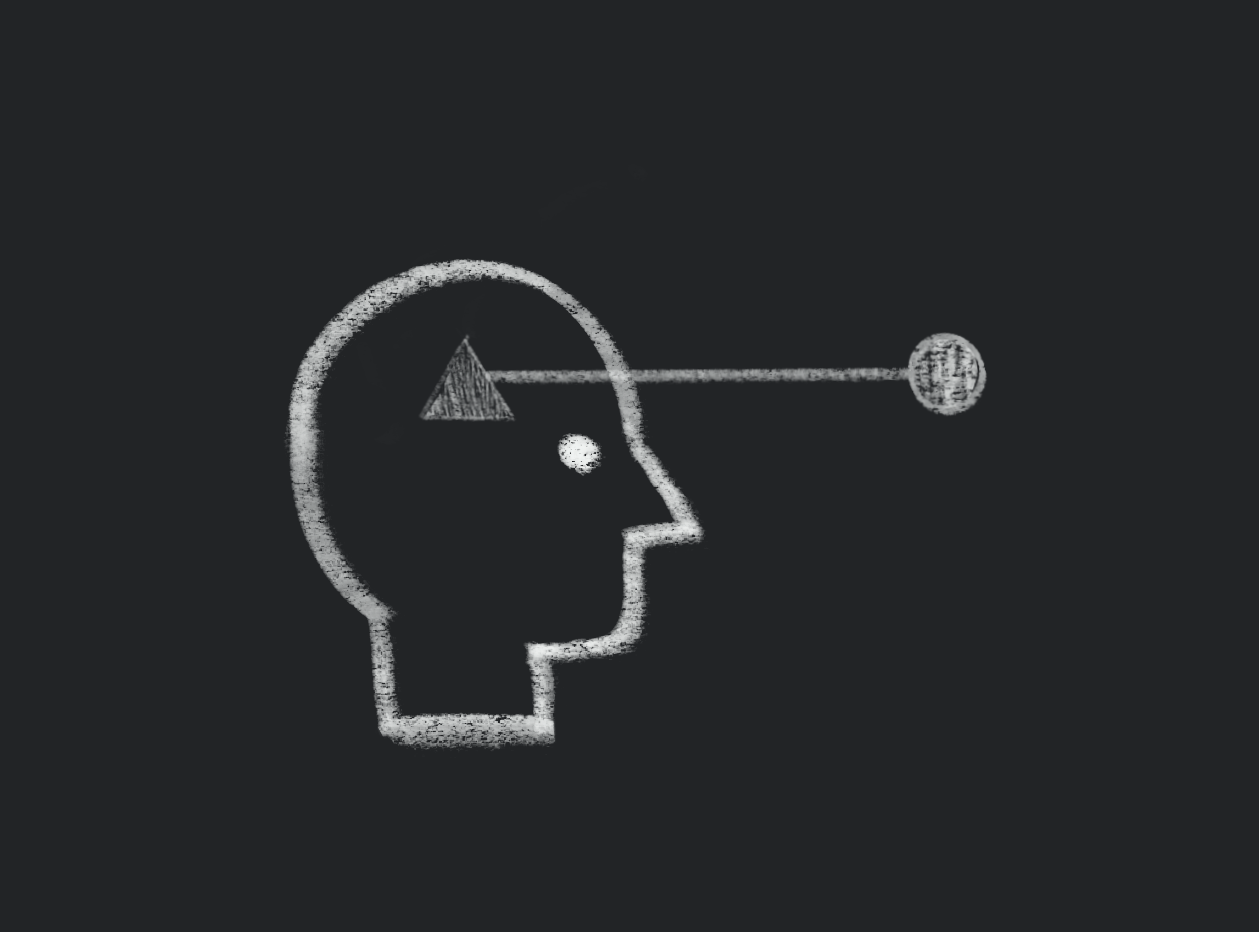Mental models
#74 - Aug.2023
Mental models represent our beliefs. They are a synthesis of our knowledge from our experiences. They help us to take decisions and set our expectations of the world.
Understanding others' mental models is key for design. They help us discover users’ perspectives of reality and how they consider things should work.

They calibrate our value proposition, using the right affordances to create good products & services. People feel ‘safe’ in such experiences.
Ignoring users' mental models lead to customer frustration. Over-indexing in your mental models leads to the same result.
Mental models change. We all change. Our perceptions and beliefs are in constant evolution. Disruptive innovation, in most cases, requires creating new mental models - users need to trust that the learning curve is worth the effort.
Remember that mental models are not based on facts, but on personal beliefs. Listen to customers. Ask questions. Be curious to discover their particular perspective of reality.


